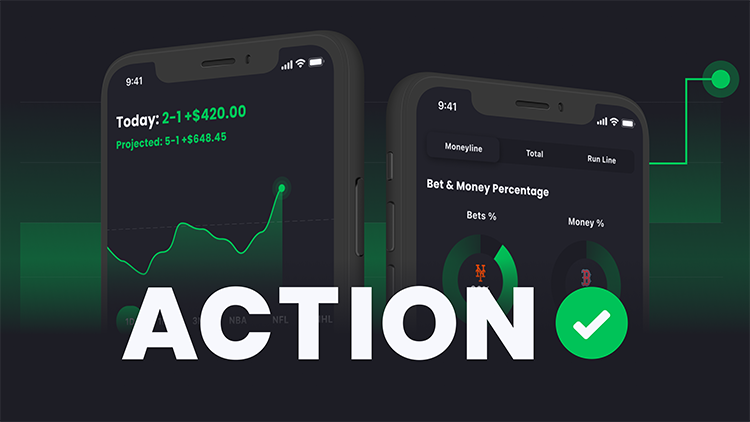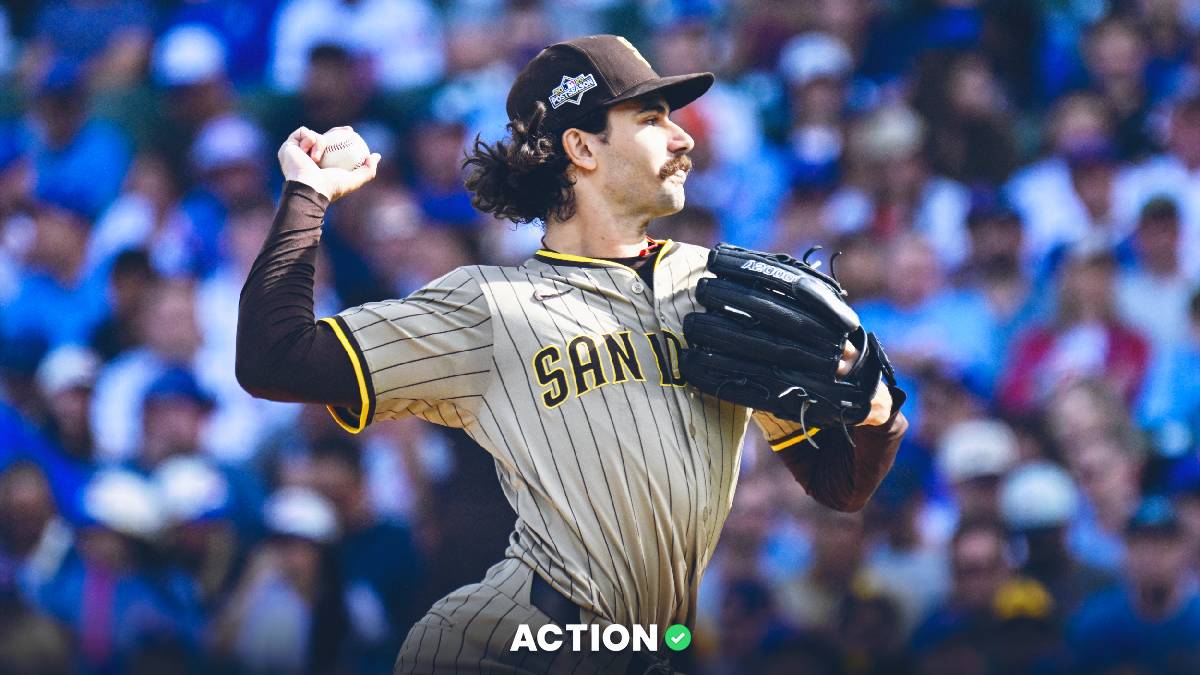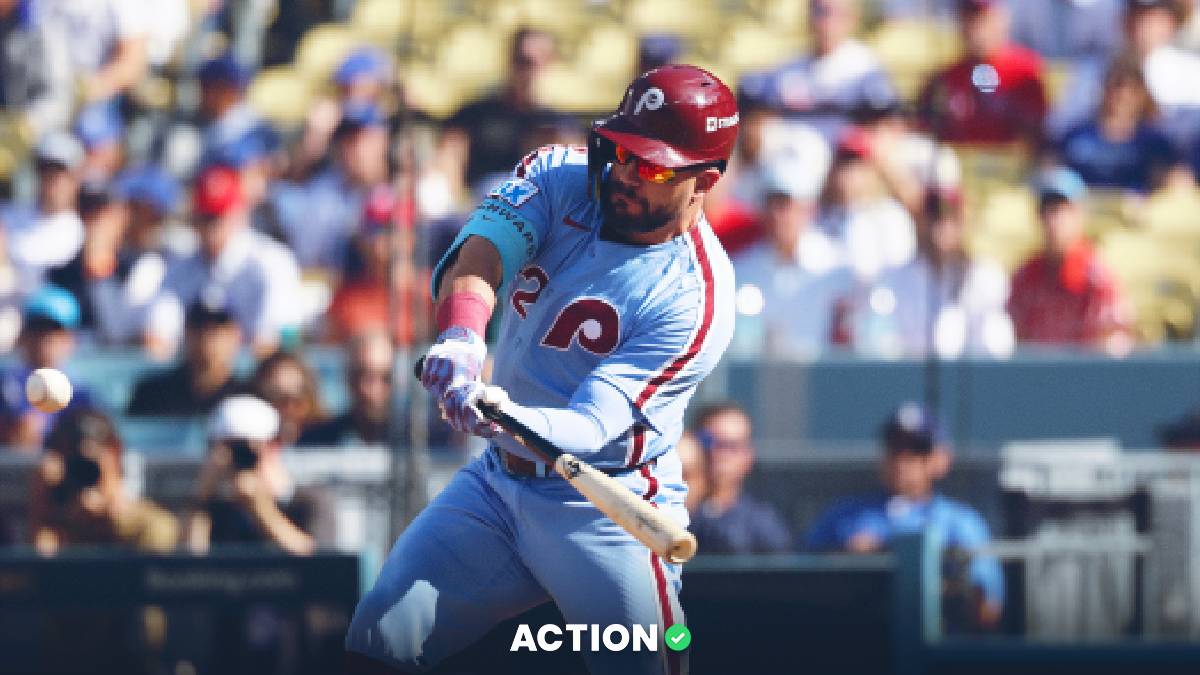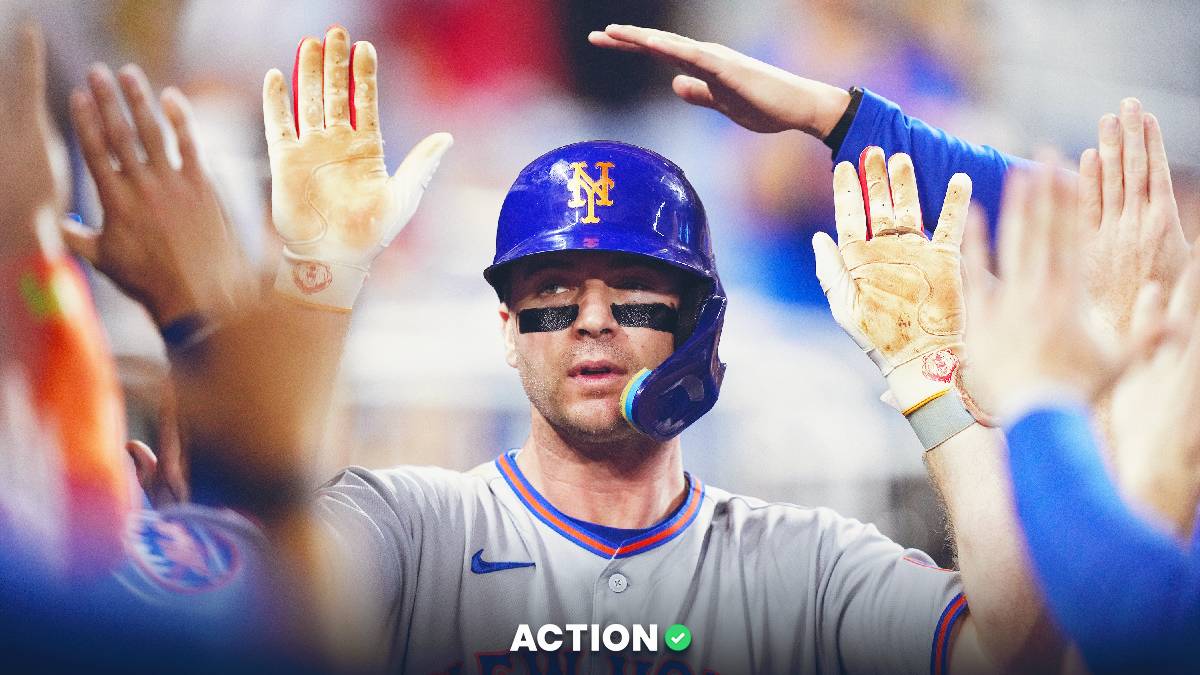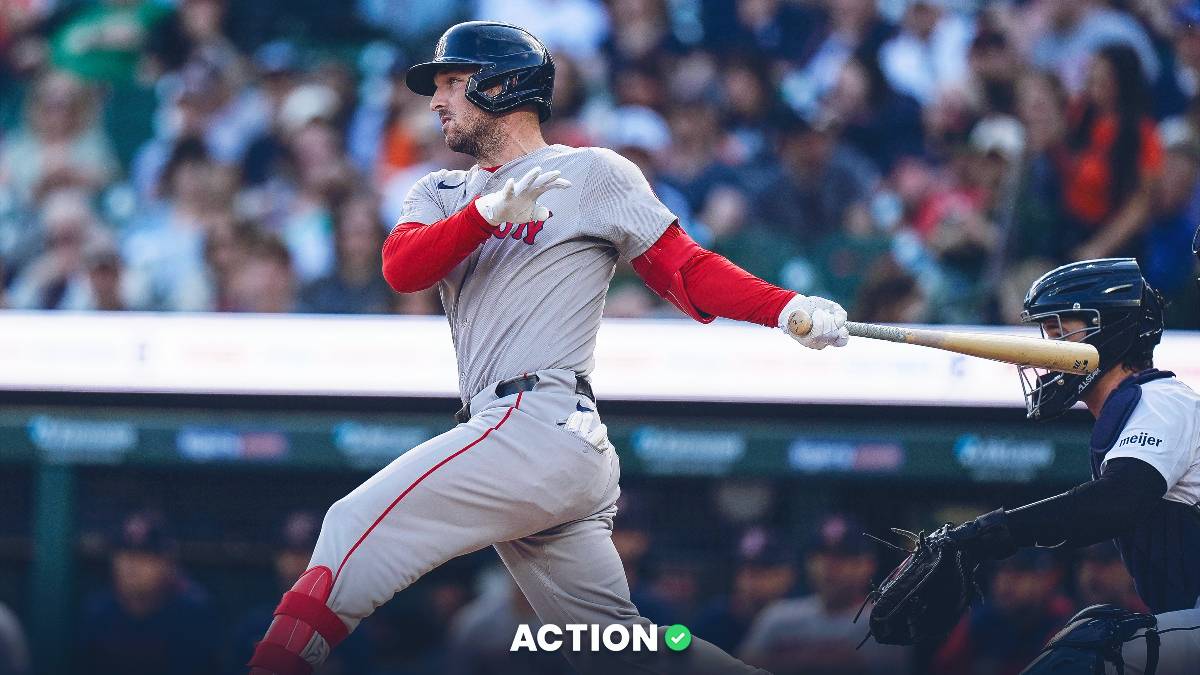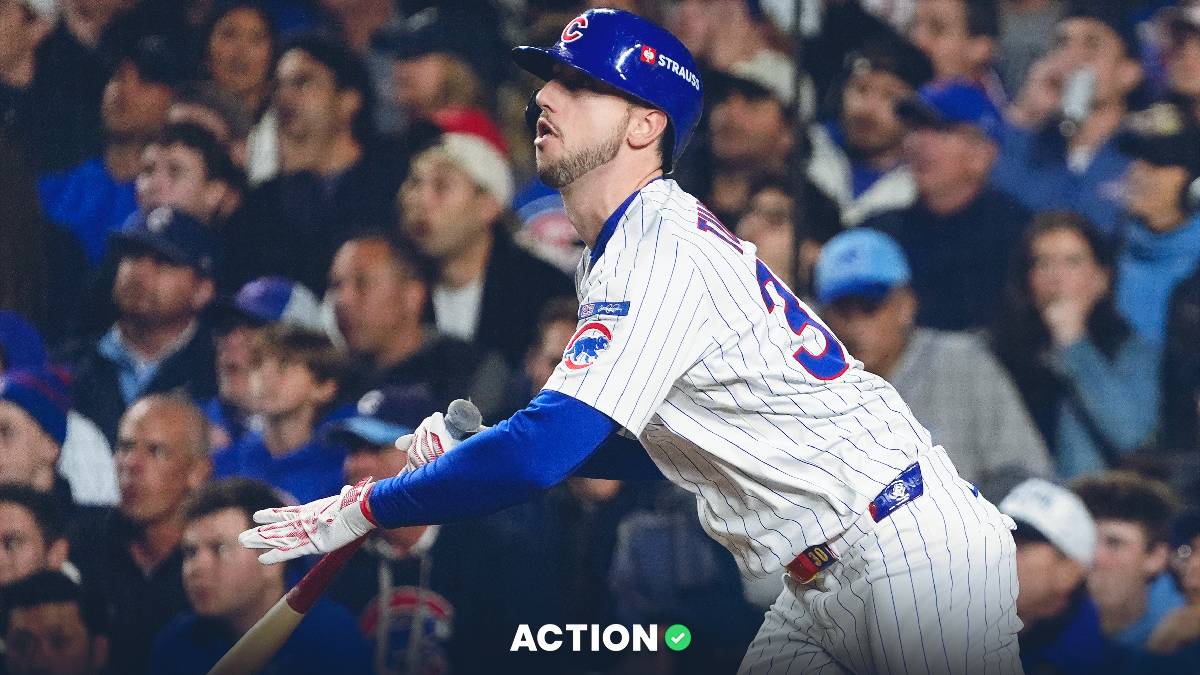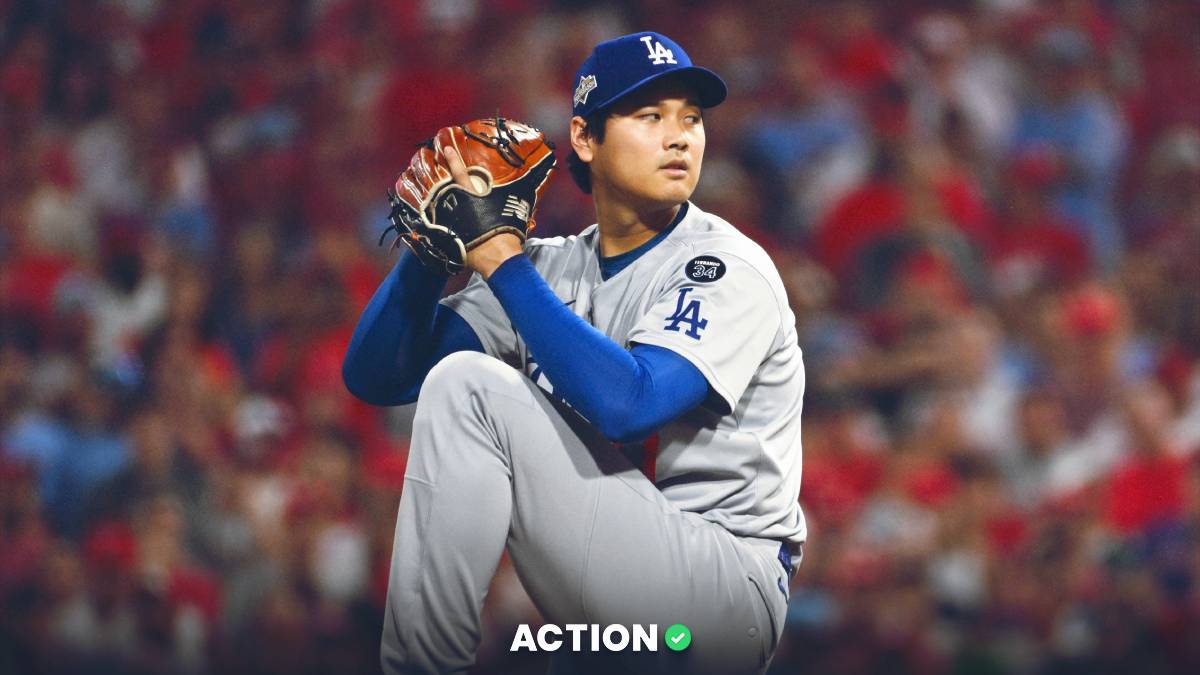wRC+
wRC+ Definition
wRC+ (Weighted Runs Created Plus) takes the Runs Created stat from Bill James and adjusts the number to account for external factors, such as ballpark effects.
The league-average wRC+ sits at 100, so a player who notches a wRC+ of 150 would be 50% above league average. Similarly, a player with a wRC+ of 80 created 20% fewer runs than league average.
wRC+ exists, in essence, to evaluate a player offensively based on the number of runs he created for his team.
wRC+ in Today's MLB
In 2020, Juan Soto led the league with a wRC+ of 200, meaning Soto created 100% more runs than an average player would have in the same number of plate appearances.
Because it adjusts for factors like ballpark, league, and era, it allows for easier comparison between players with many external differences. wRC+ can help you compare Soto to Mike Trout, or Trout to 1962 Mickey Mantle.
wRC+ in Sports Betting
Bettors can use this statistic to figure out how likely it is a player will create runs for his team. If a team has multiple players with a high wRC+, it’s more likely they’ll create runs for their team in any given game.
Our Sean Zerillo uses wRC+ in his model and projections for betting MLB games, which you can read about here.
wOBA
wOBA Definition
wOBA (Weighted On-base Average) is similar to on-base percentage but instead of taking into account whether or not a player gets on base, it accounts for how a player got on base.
The value for each event directly correlates with the projected runs scored from that event. For example, a triple would be worth more than a double when calculating wOBA.
Essentially, the statistic’s goal is to measure the overall offensive value of the batter.
Differences Between wOBA and Other Stats
While batting average and on-base percentage assume all hits have the same value, wOBA accounts for the fact they don’t.
On-base plus slugging similarly assesses a player’s offensive value through on-base and slugging percentage, but those statistics don’t have a connection to the projected run value of an on-field event.
wOBA serves as a more accurate and complete way to assess a batter’s value in the box.
wOBA in Sports Betting
From a betting perspective, wOBA can be useful in tracking the hot hand in a lineup, or it can be used to figure out whether or not a team has been making the most of its chances at the plate.
In 2020, the wOBA leader was Juan Soto at .478. National League MVP Freddie Freeman was second at .456. An average MLB player can be expected to rack up a wOBA of .320, so keep that in mind when scouring projected lineups.
Our Sean Zerillo uses wOBA in his model and projections for betting MLB games, which you can read about here.
BABIP
BABIP Definition
BABIP (Batting Average on Balls in Play) measures a player’s batting average based solely on the balls he hits into the field of play.
For that reason, outcomes not impacted by the defense — such as strikeouts and home runs — are taken out of the equation.
For example, if a player goes 3-for-5 with two home runs and a strikeout, his BABIP would be .500 because he went 1-for-2 on balls hit into the field.
BABIP can be used to assess the performance of both hitters and pitchers.
With a league average around .300, pitchers who tend to induce weak contact will likely have a lower BABIP, while hitters with a knack for hitting balls hard will find themselves with a higher BABIP.
While defense and luck play a role in BABIP, it’s important to note that player talent is right at the top of the list.
Michael Conforto led the league in BABIP in 2020 at .412. Generally speaking, players who excel at putting the ball in play and have above-average speed, such as DJ LeMahieu or Tim Anderson, are those you expect to see at the top of the BABIP leaderboard.
BABIP in Sports Betting
The ability to understand BABIP helps in sports betting because it allows a bettor to evaluate a player’s performance.
It’s often very telling if a batter finds success when putting the ball into play or if a pitcher struggles due to giving up balls in play.
FIP/xFIP
Similar to ERA, FIP (Fielding Independent Pitching) measures a pitcher’s performance on the mound.
FIP Definition
FIP, however, only includes events that pitchers have control over, such as strikeouts, walks, home runs, and hit-by-pitches. As the name suggests, fielding essentially doesn’t matter because pitchers have no control over what happens once a ball is hit into play.
Instead, FIP measures what a pitcher’s ERA would look like if he experienced league-average defense and luck.
If a pitcher were to have a high average of balls put in play, his FIP would likely be lower than his ERA.
What About xFIP?
In addition to FIP, there’s a similar statistic called xFIP, which stands for Expected Fielding Independent Pitching.
Like FIP, xFIP serves as a better indicator of a pitcher’s ability moving forward than ERA, but the two stats differ in the way they take home runs into account.
While FIP uses the straight number of home runs allowed in its equation, xFIP uses home run rate, which is calculated by that season’s Home Run to Fly Ball (HR/FB) rate.
When a pitcher’s HR/FB rate is above league average, his xFIP would be lower than his FIP. Despite the difference, both are designed to more accurately measure a pitcher’s performance than traditional stats such as ERA.
FIP and xFIP in Betting
From a betting perspective, FIP and xFIP can be incredibly useful when attempting to isolate a pitcher’s underlying performance to find value game-to-game.
Because it doesn’t take fielding or luck into account, it lends itself to exploiting specific mismatches on the mound.
Our Sean Zerillo uses wOBA in his model and projections for betting MLB games, which you can read about here.
BaseRuns
BaseRuns Definition
Here's the Fangraphs definition of BaseRuns:
"BaseRuns is a formula designed to estimate how many runs a team would be expected to score (or allow) given their underlying offensive (or defensive) performance. In other words, BaseRuns is a context-neutral run estimator used to evaluate teams."
In essence it's how many runs a team should score or allow. Essentially, we are trying to remove variances due to luck. Teams and players can get lucky; there is no denying that. But removing luck from the equation can tell us exactly how good a certain player is in reality.
BaseRuns in Today's MLB
BaseRuns is not a projection system. It is a run estimator given a set of inputs. Unlike many statistics, you don't have to learn any new baselines or averages. It looks just like runs scored and allowed. The higher the better for the hitter, the lower the better for the pitcher.
BaseRuns in Sports Betting
Inputting the BaseRuns for each individual player in a team's starting lineup can help you determine which side has an edge relative to their betting odds. Similarly, comparing a hitter's BaseRuns to the pitcher they are facing can help, too. Our Brad Cunningham uses BaseRuns in his individual model, which you can read about here.
DRC+
DRC+ Definition
Created by Baseball Prospectus, DRC+ (deserved runs created plus), much like wRC+, is a statistic that attempts to give an all-encompassing view of a hitter's performance. DRC+ differs from other public hitting metrics in that it focuses on each hitter's expected contribution, rather than averaging the result of hitter PAs.
DRC+ rejects the assumption that play outcomes automatically equal player contributions, and forces players to demonstrate a consistent ability to generate those outcomes over time to get full credit for them.
DRC+ in Today's MLB
DRC+ uses 100 as a baseline. A hitter with a DRC+ of 100 is a league-average hitter. Above that is better, below that is worse.
In 2020, the Atlanta Braves' Freddie Freeman led MLB with a DRC+ of 172. That means Freeman was 72% better than league average. The Los Angeles Angels' Justin Upton had a DRC+ of 100, which means he was a league-average hitter. The Pittsburgh Pirates' John Ryan Murphy had a DRC+ of 42, meaning he was 58% worse than league average.
DRC+ in Sports Betting
DRC+ is a predictive statistic, so the best way to do it would be to find value. A team may be performing poorly, but DRC+ suggests it has been merely unlucky. That could give you an edge when finding an underdog ready to break out.
DRA and DRA-
DRA Definition
Created by Baseball Prospectus, DRA (deserved run average) is a pitcher run estimator that estimates the rate at which a pitcher "deserved" to give up runs, and includes estimates for the uncertainty around that rate. The goal of DRA is to present a value on the common runs allowed scale that more accurately describes the pitcher's effect on run prevention.
DRA in Today's MLB
You can read DRA in a similar capacity to how you read ERA. Meaning: the lower the better.
In 2020, relievers Devin Williams of the Milwaukee Brewers and Edwin Diaz of the New York Mets led MLB with DRAs of 2.19. Shane Bieber of the Cleveland Indians and Aaron Nola of the Philadelphia Phillies tied for best DRA among starting pitchers at 2.58.
What About DRA-?
Whereas DRA lives on the same scale as ERA, DRA- is an indexed version of that statistic. That means that DRA- instead compared a pitcher's performance to the league, where a score of 100 means that the pitcher performances at a league-average level. The lower the number, the better the pitcher.
DRA- tells us how those same four pitchers in the above example performed compared to the league average. Williams and Diaz (45) were 55% better than league average, while Bieber and Nola (53) were 47% better than league average. On the flip side, Julio Teheran (190) was 90% worse than league average as a starting pitcher for the Los Angeles Angels in 2020.
DRA and DRA- in Sports Betting
DRA and DRA- can be used to find value in pitchers who may be undervalued in the betting market. As an example, in 2020 Pablo Lopez of the Miami Marlins had a 2.65 DRA (sixth best in MLB) and an ERA of 3.61. That's nearly a run difference. The betting market may undervalue Lopez because of his ERA, giving betters well-versed in DRA a leg-up.



